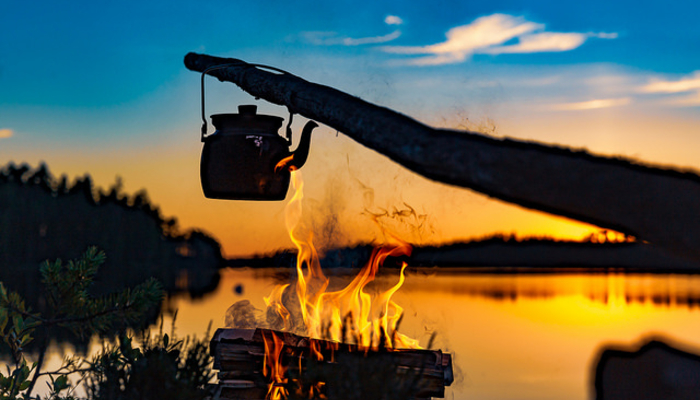Kentucky Coffeetree II: The Coffee

In modern eras, there has been speculation about whether the early Kentucky pioneers actually made coffee from the seeds of Kentucky coffeetree, given that they are as hard as rocks and somewhat poisonous, at least when raw. The literature from the century of the 1900s is sparse, mostly anecdotal and laden with many opinions and few facts. The best historical research I’ve found is by John Spaeth and John Thieret, Notes on “Coffee” from the Kentucky Coffeetree, and they demonstrate from old letters, diaries, and military reports that the bean was indeed used to prepare a beverage reported as coffee. For example, Kentucky coffee was drunk by Long’s expedition on their way to the Rocky Mountains, during their winter layover in southwest Iowa in 1819-1820.
In 2003 those authors made up a batch of coffee based on four early recipes they had found, which was then tasted by 20 volunteers. Their opinions on flavor ranged from tolerable to awful, but improved when sugar was added. No one became ill, presumably because the authors had roasted the beans at 300 °F for 2.0 – 3.5 hours. The toxin is reported to be an alkaloid and these are rather sensitive to prolonged high temperatures.
While this experiment is interesting to do, it does not quite capture the pioneer experience. The modern tasters had all been raised on high quality Arabica coffee and could easily get picky. By contrast, the pioneers, having cut themselves off from imports, had been experimenting with hot beverages made from parched corn, acorns, chestnuts, chicory, dandelions, dried fruit, etc., and the coffeetree seeds might have been an improvement.
Also, their lives were quite different. I’ve been on a camping trip where we paddled hard all day and when finally in camp our inexperienced cook managed to slightly scorch the pancakes, work in a bit of soot and a few blackflies, and they were wonderful.
The ambiance of your setting also plays a role. Bernd Heinrich in the Snoring Bird tells the story of his German family fleeing the advancing Russian army in the waning days of WWII. They were holed up in a train station with nothing to eat. But a fellow refugee had managed to stash some roasted coffee beans in her luggage, which she was willing to share. They had no grinder so Bernd’s mom took her spare blouse, wrapped the beans in it, and pounded out grounds on the floor with a rock. They borrowed a pot from military medics, scrounged up some empty canning jars, and got boiling water from a locomotive boiler. Decades later Bernd’s mom would recall, “It was the best coffee we ever had in our lives.”
So if you try the pioneer experiment yourself, at least first abstain from your regular coffee for a week or two, and I anticipate that you will rate it “not bad” or “OK.” And if you follow the Starbucks formula and turn it into coffee-flavored milk, you might even deem it “pretty good.”
Photo taken by Visit Lakeland on Flickr creative commons.


